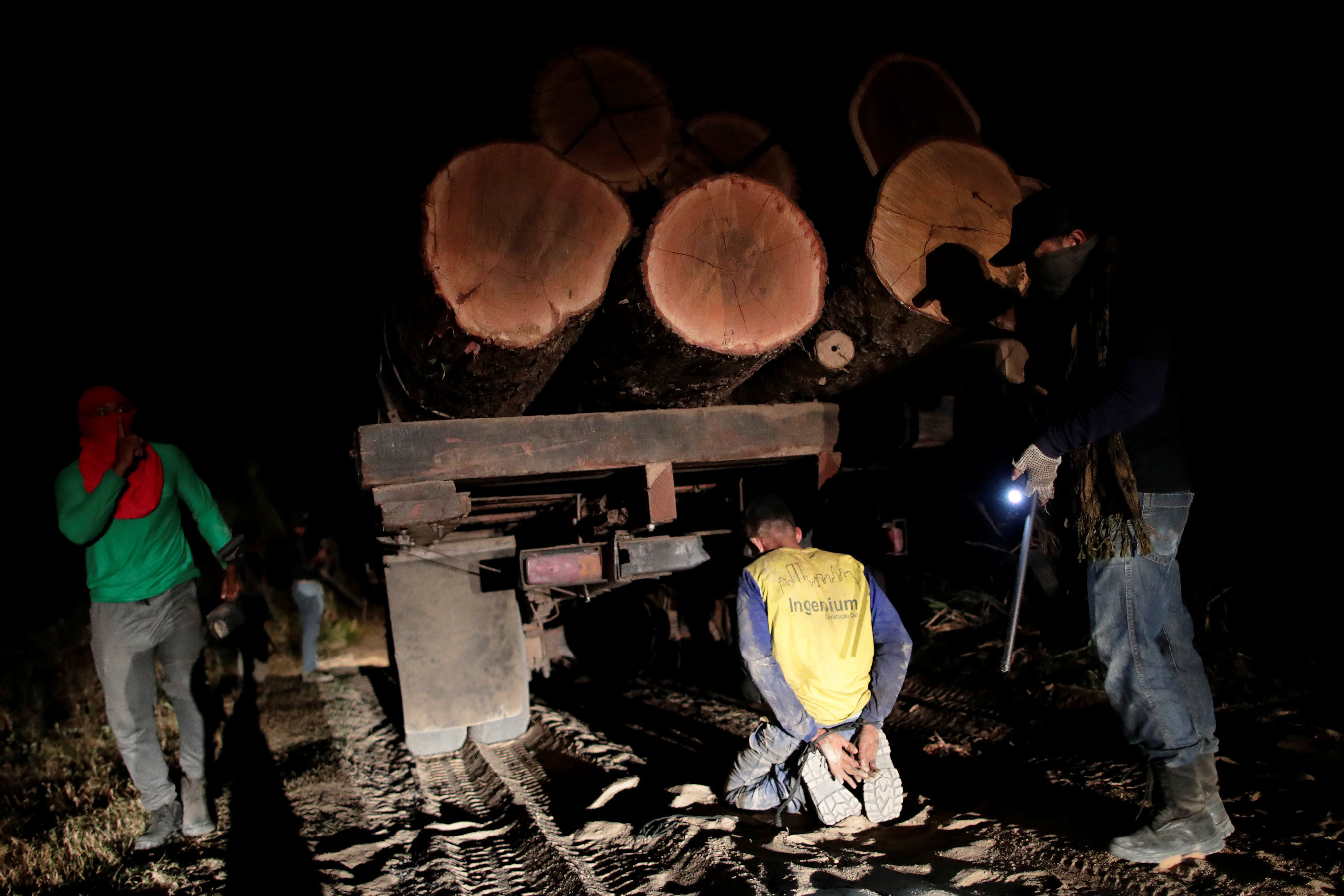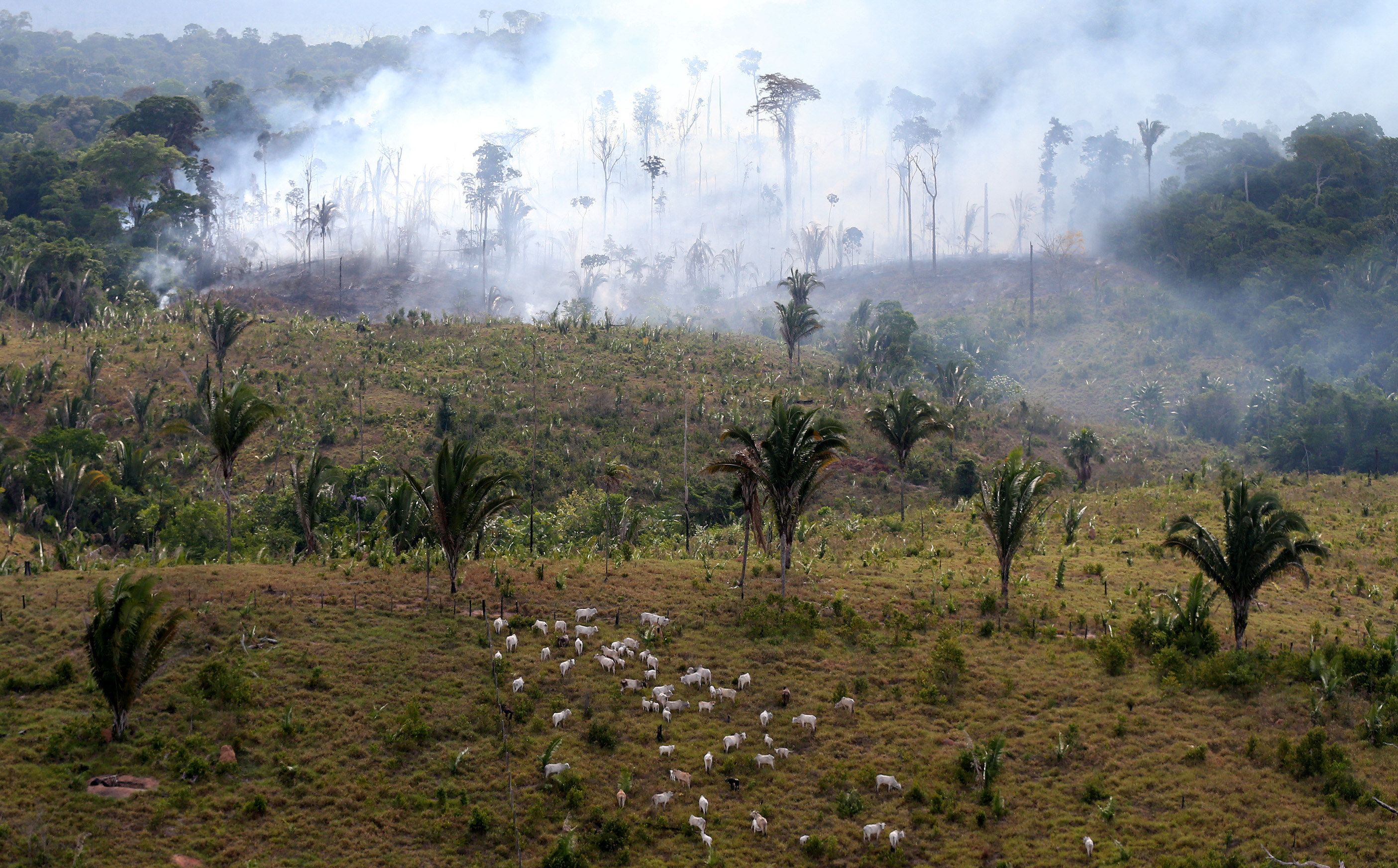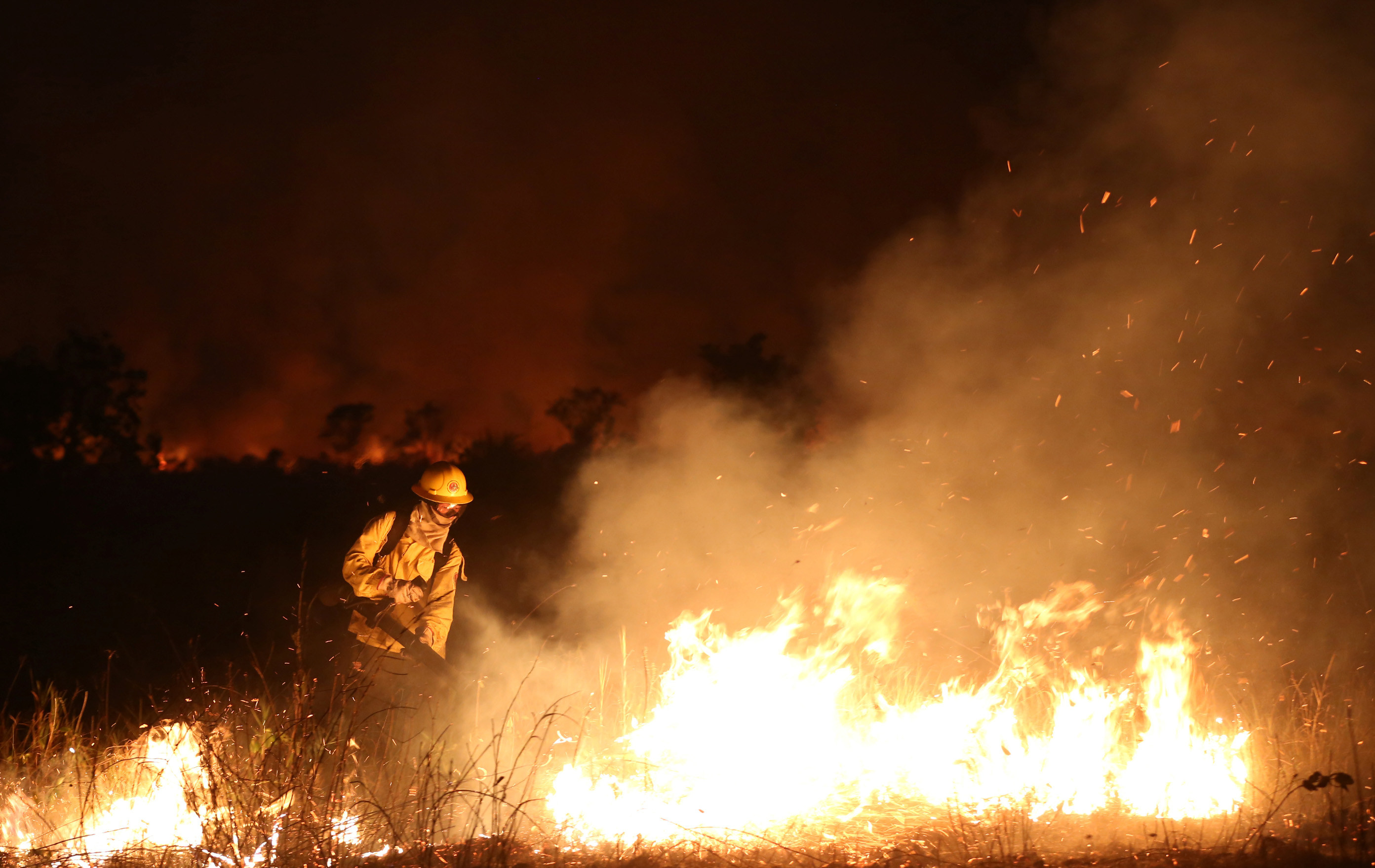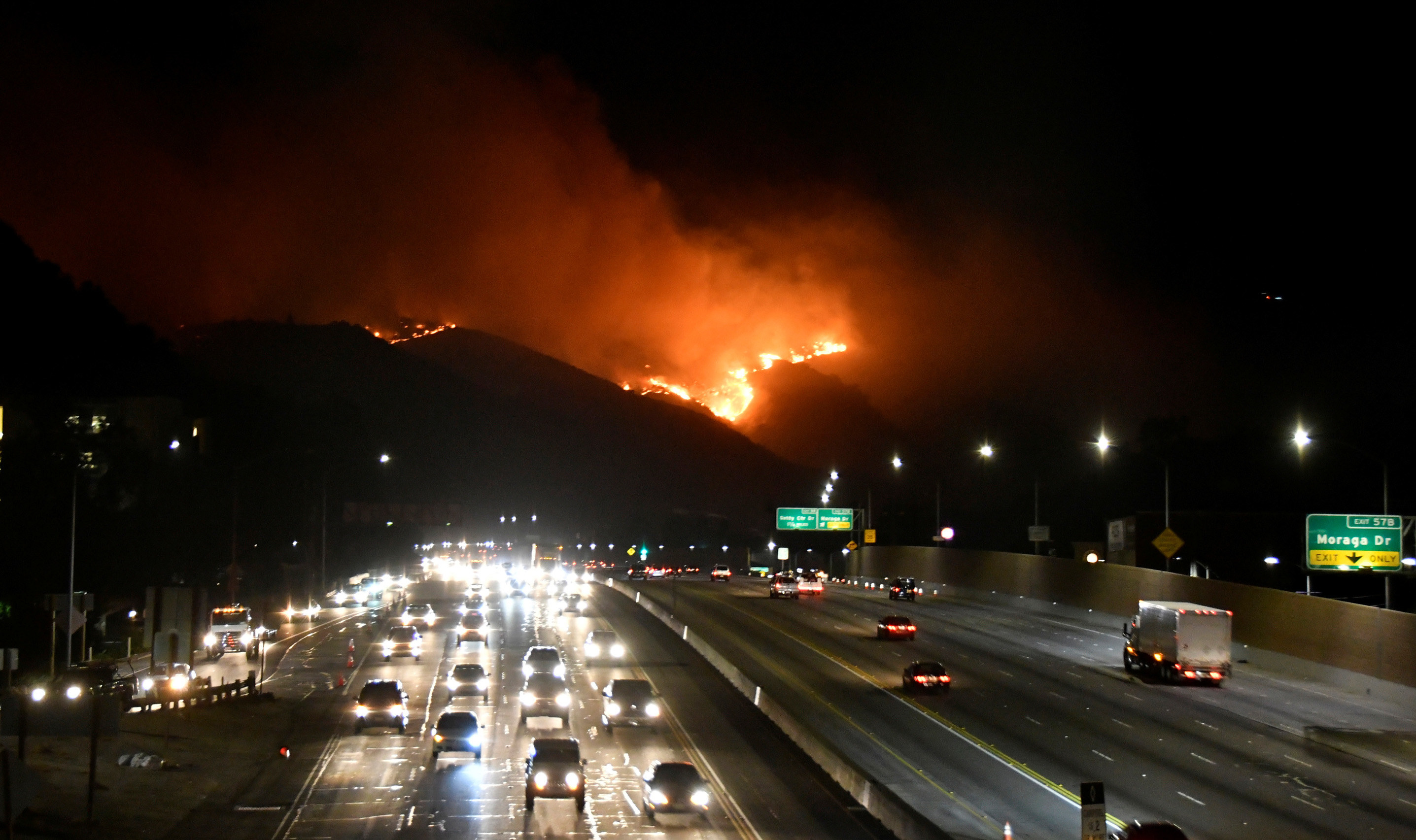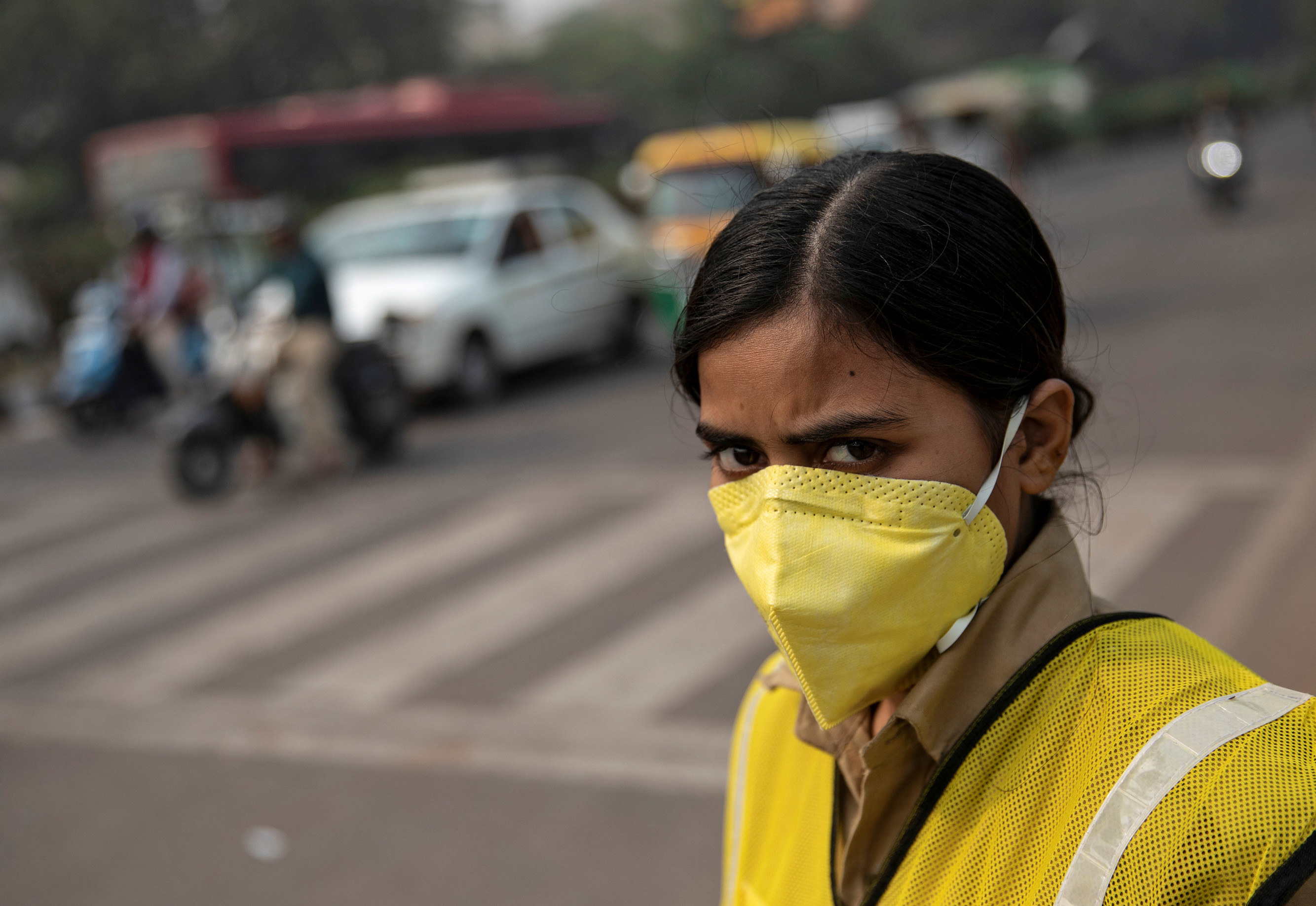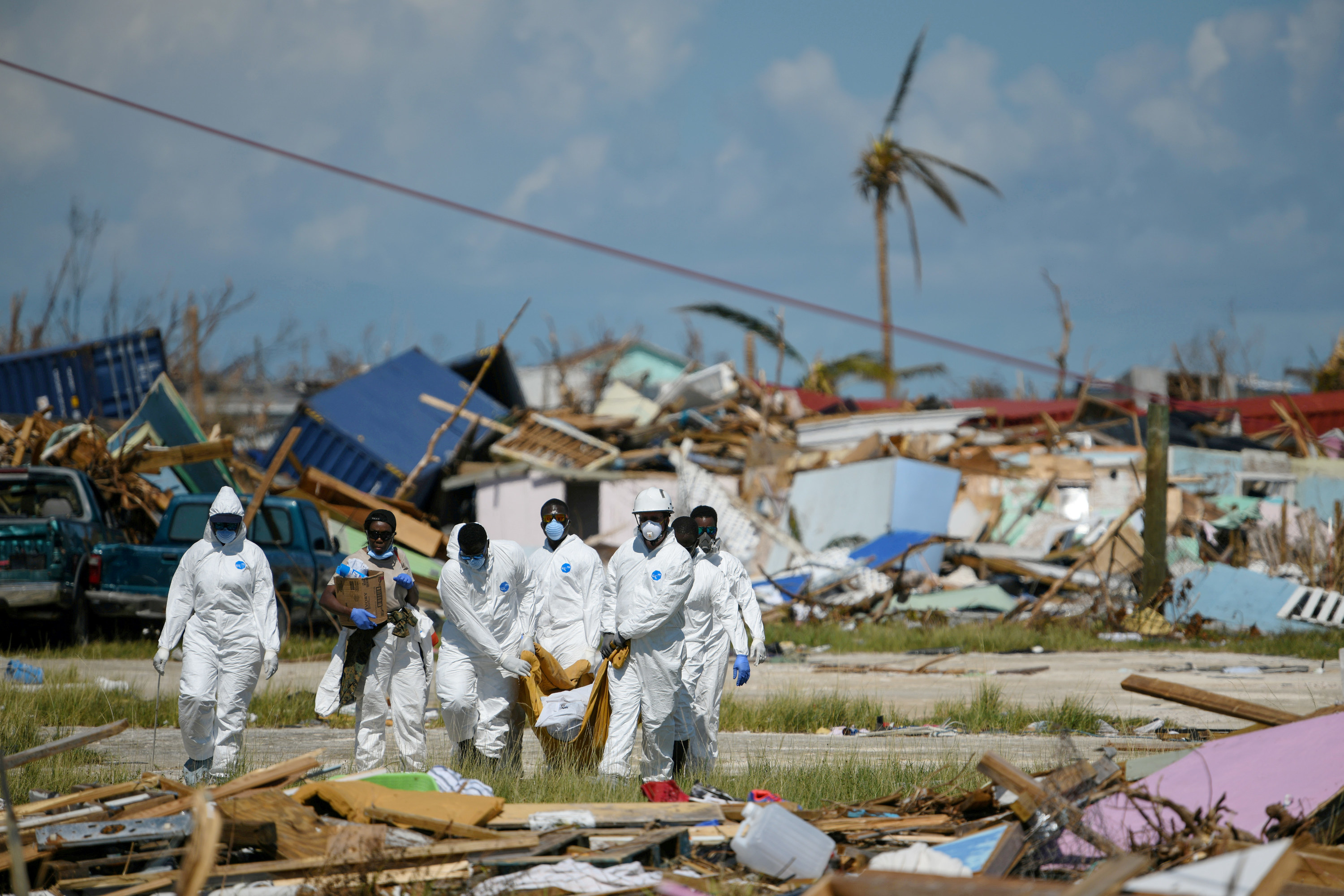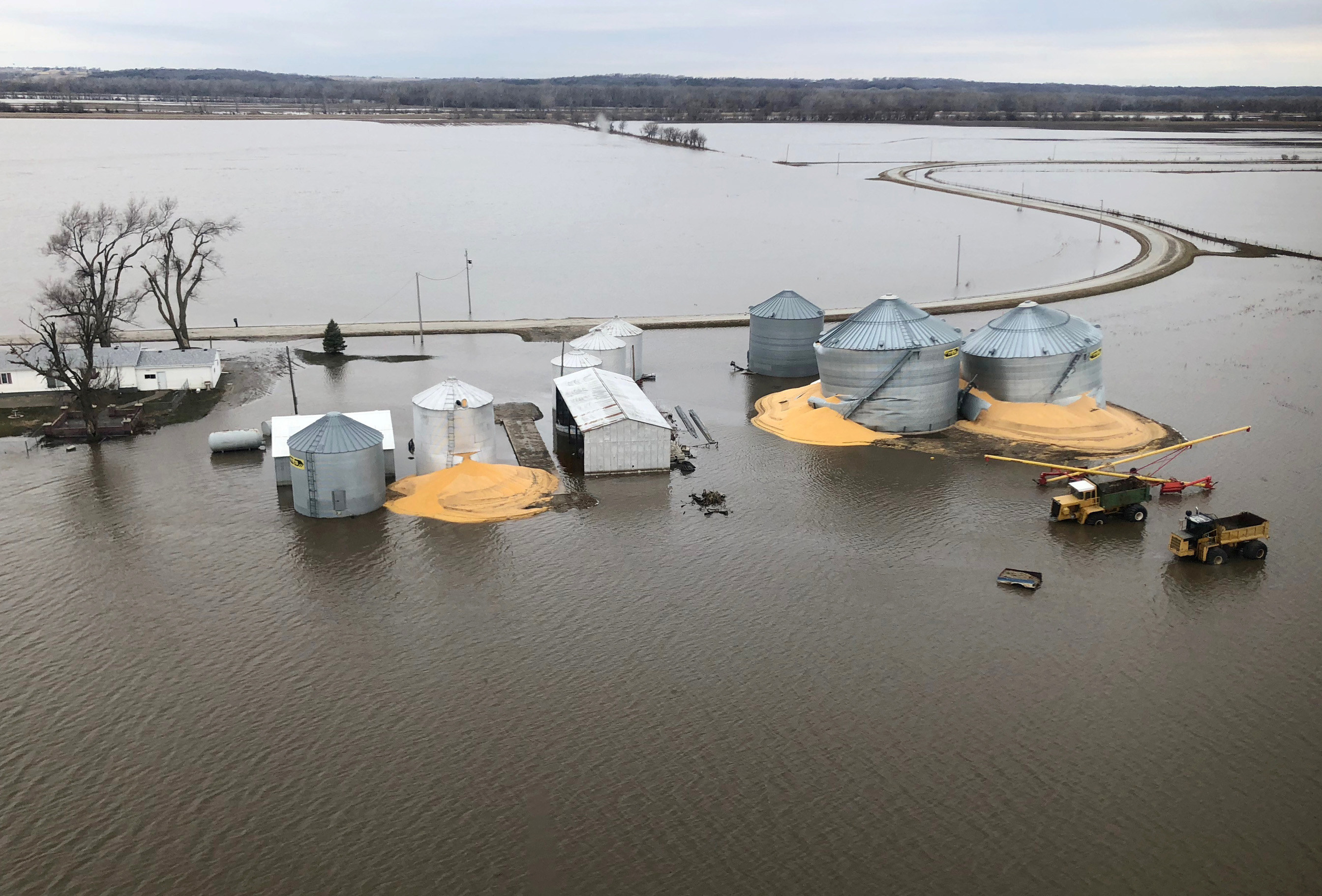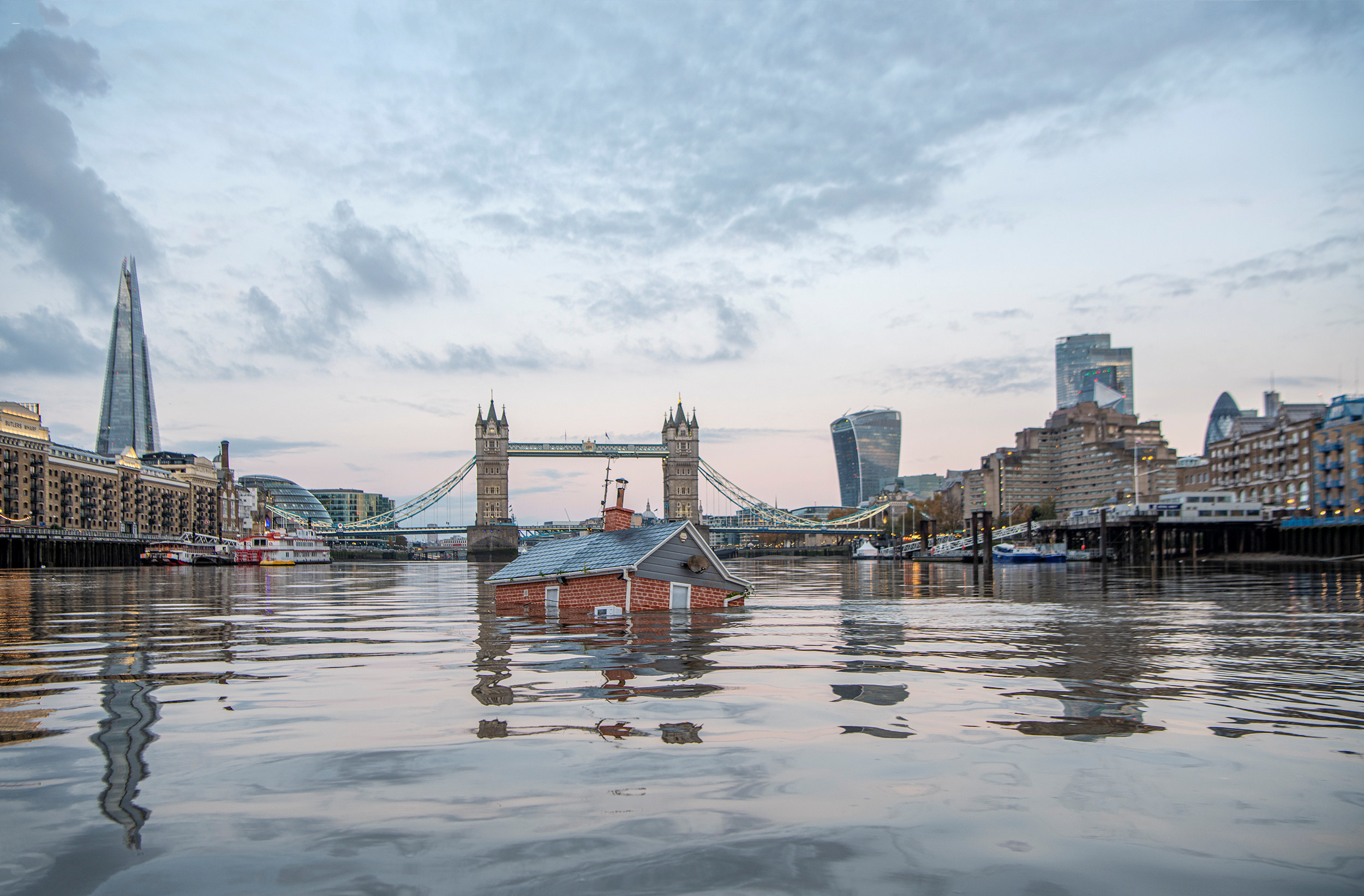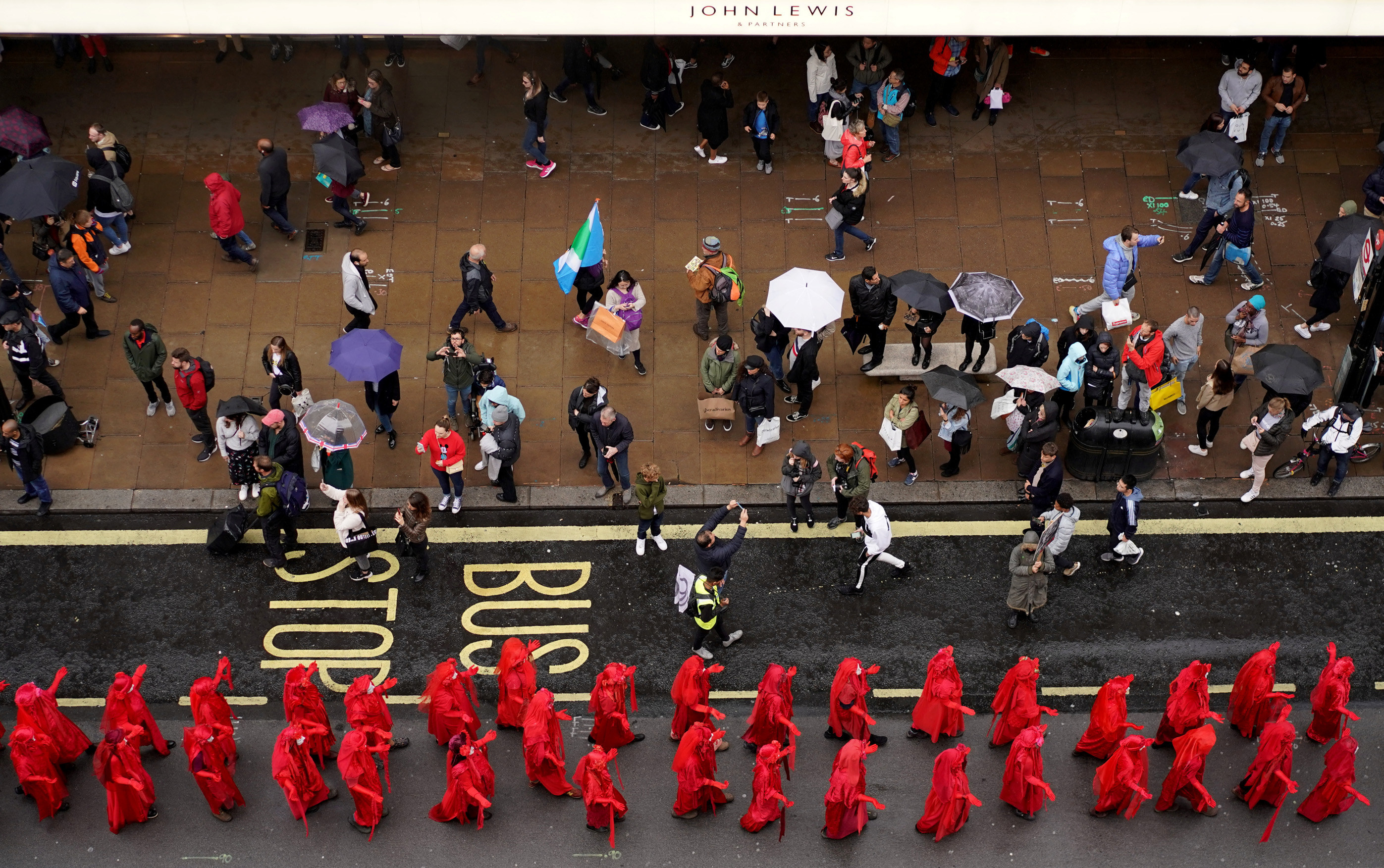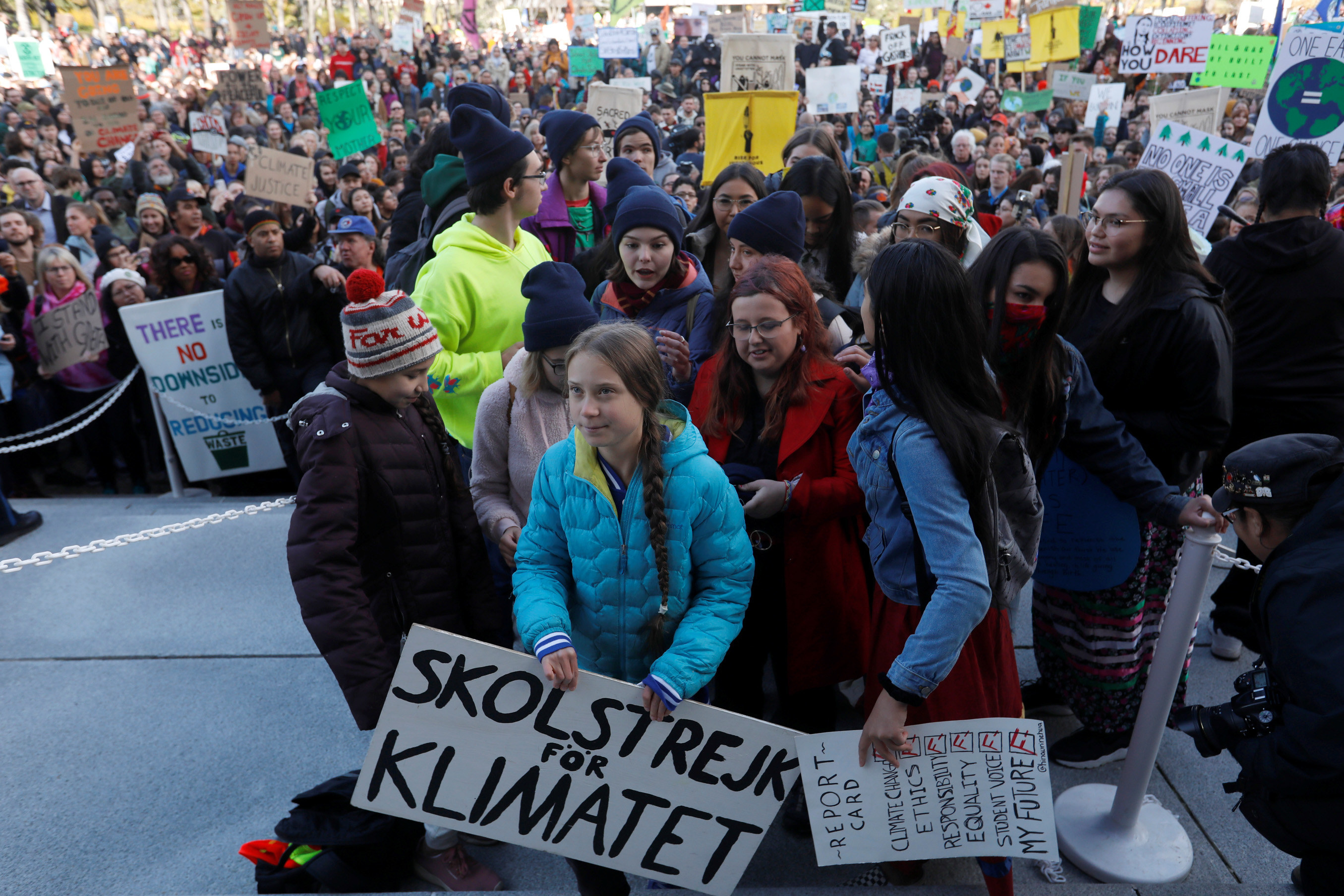
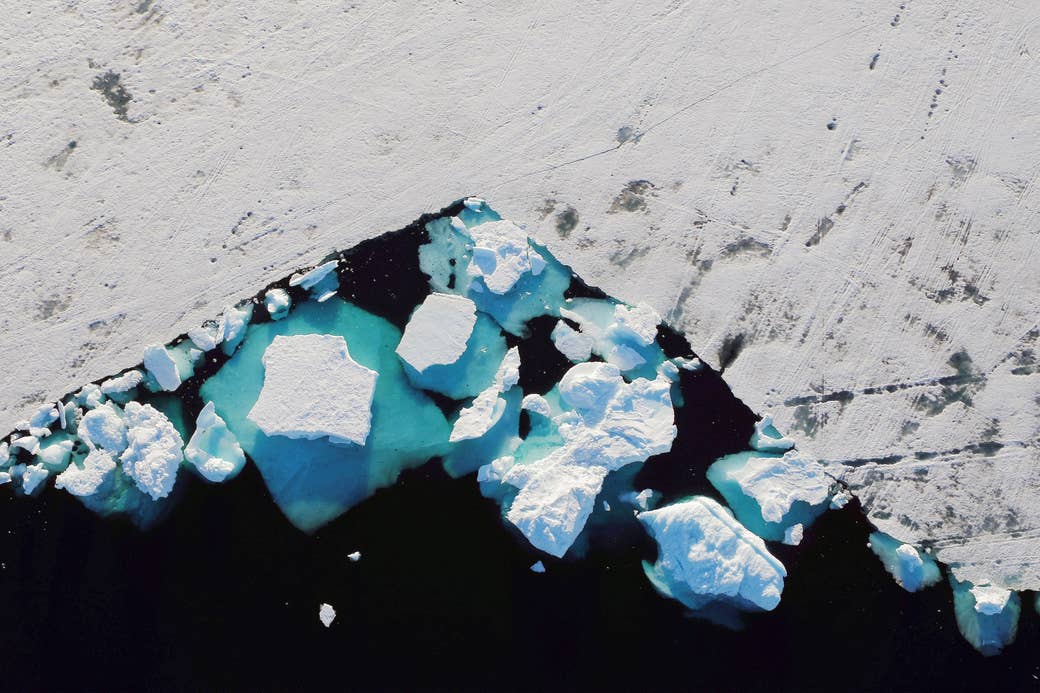
The effects of climate change are undeniable: The past five years have been the warmest on record, and storms are becoming stronger. As a result, many media outlets have been revising their language regarding climate stories, with some going so far as to cover climate change as an emergency.
Reuters Pictures has made climate change a topic of focus, much like the New York Times and the Guardian. However, Reuters is a newswire service, meaning that unlike a traditional newspaper, its images are available to any media subscriber worldwide (including BuzzFeed News). It has produced 150 photo packages related to the environment within the past year and a half, with stories ranging from the Amazon wildfires to methane gas hunters to the melting of ice in Greenland, and as it reaches billions of people each month through its news service, it has a direct impact on how the general public sees climate change.
BuzzFeed News spoke with Corinne Perkins, the North America Editor of Reuters Pictures, and Lucas Jackson, a staff photographer who has been closely involved in this shift in coverage, about the challenges and successes of covering a global crisis.
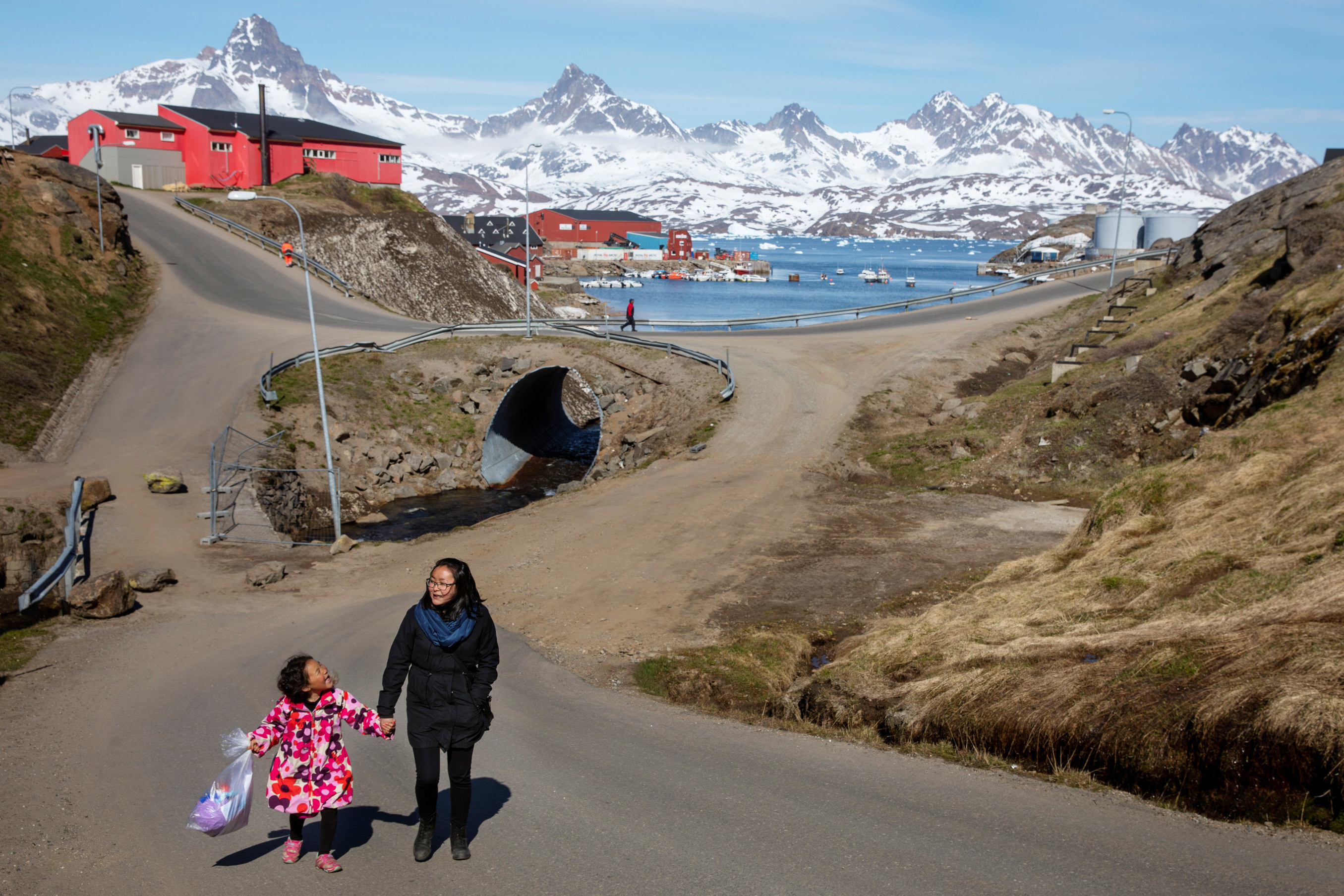
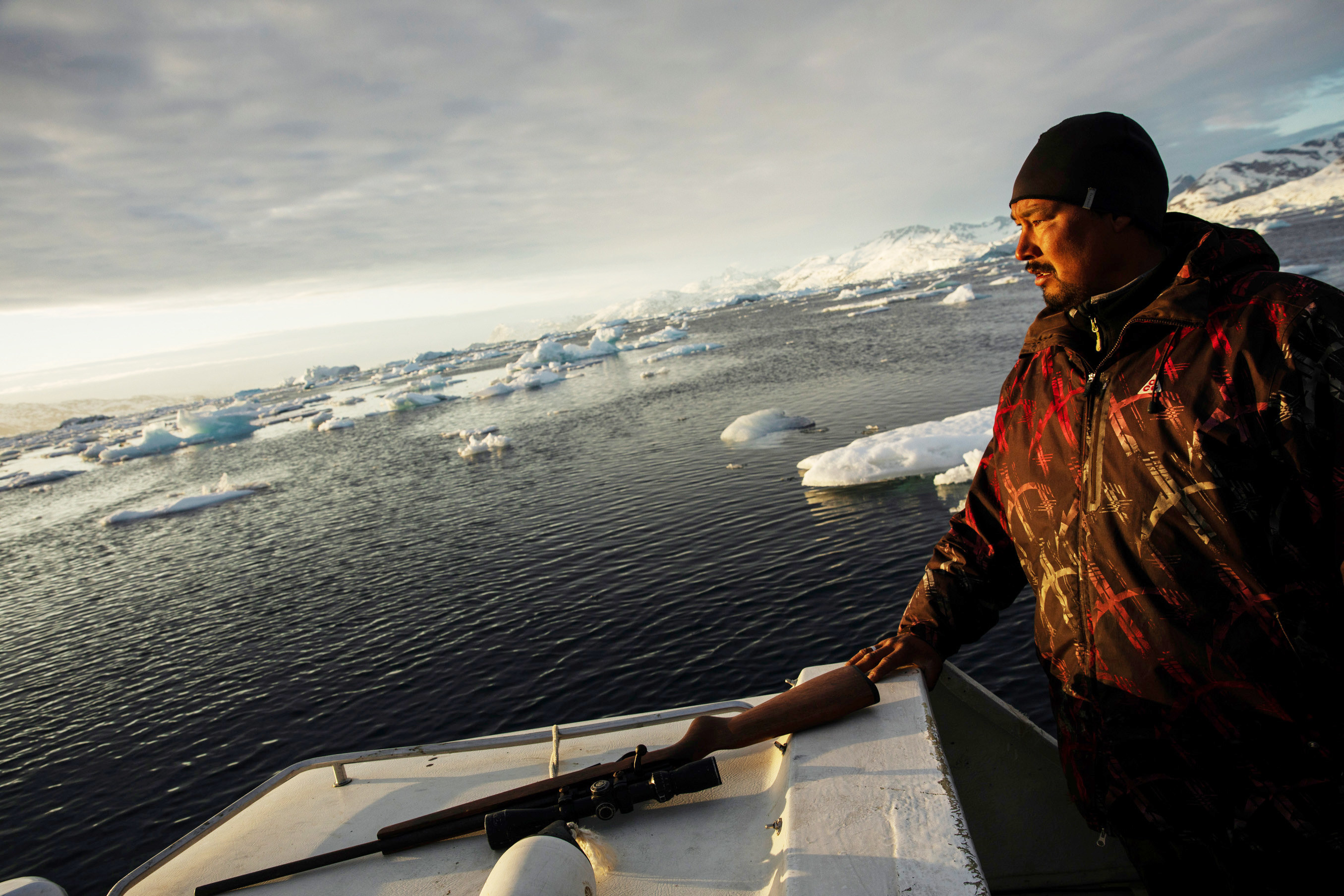
Climate change is a notoriously hard topic to effectively cover, since it’s so big, and often considered too slow or too scientific to be a visual study. What are some of the biggest hurdles that you've faced? And do you feel particularly proud about a specific story or approach?
Lucas Jackson: Reuters has those same issues. Climate-specific coverage is a priority for us and it has played into stories on industries and economies for a while. The main hurdle, at least for the photo department, is that sometimes we want to cover the scientific research before there is a definitive paper telling us what conclusions have been drawn.
We have tried to get around these difficulties by finding stories where we can explain the science taking place and what it is leading towards while also explaining how these changes being observed could impact people. Sometimes the science community gets caught up just explaining why something is happening and not necessarily what it means for people whom it affects.
The same with a lot of climate journalism — a lot of it uses the publication of study results or scientific papers but doesn’t go into how the scientists came to those conclusions. My last two stories about Greenland and a disease killing corals in Florida and the Caribbean do a good job of explaining both what the science is telling us but also who is figuring that out and how. The goal is to bridge people’s understanding of where these findings come from and show how hard the people out in the field are working.
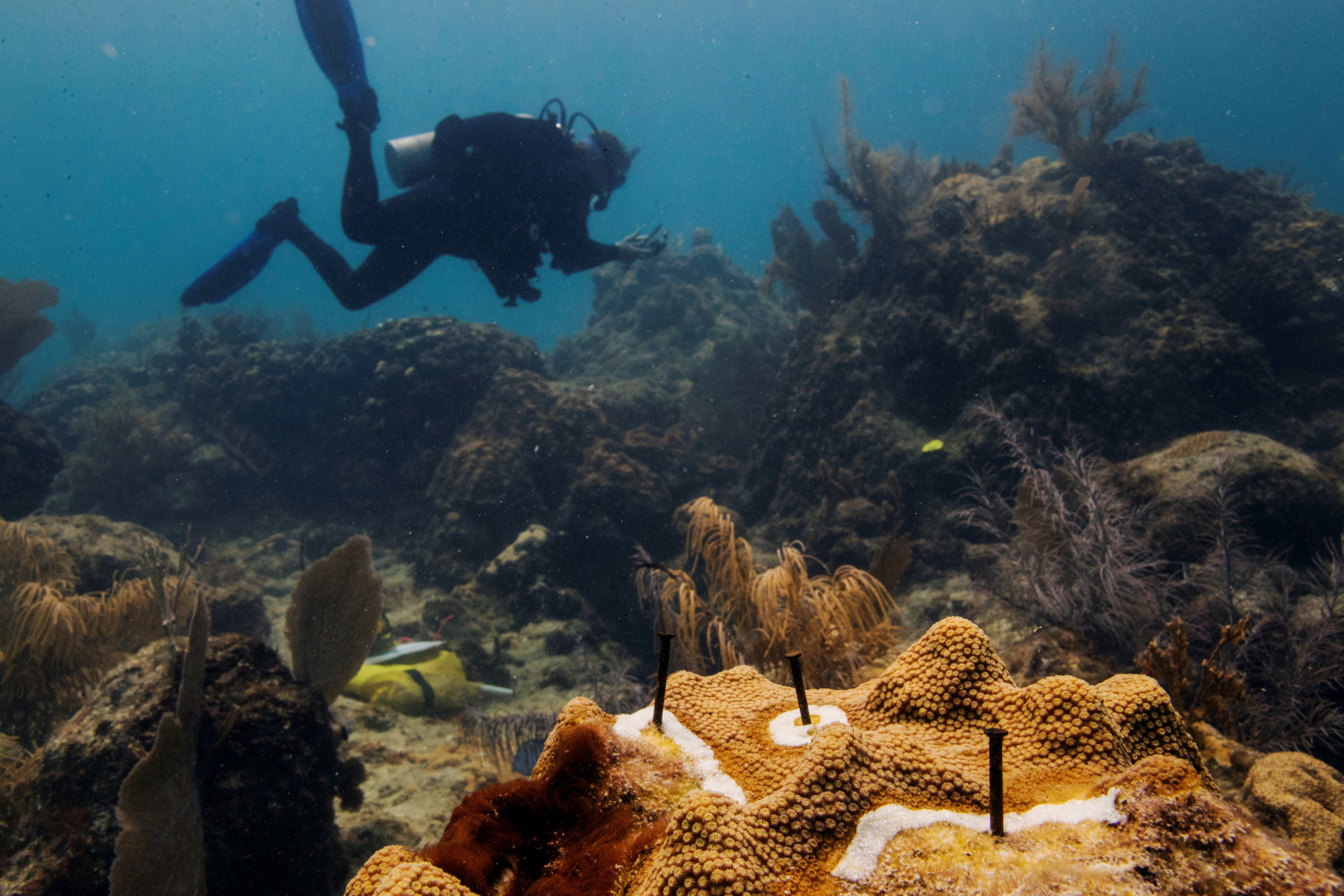

Within the past six months, your team has released stories covering coral reefs, wildfires in Borneo, methane scientists in the Arctic, and forest guardians in the Amazon, to name a few. It's a huge variety of stories that concisely break down the wide range of effects of climate change. How are you selecting which issues to focus on?
Corinne Perkins: Some of those stories are based on news events that happen due to climate change, but we are making an effort to spend time documenting what is happening now to ecosystems and habitats as a result of climate change. Some stories are based more on the effects on local populations or wildlife, and some are documenting the scientists trying to understand how things are changing and what is happening.
We’ve gotten to a level of research so that it’s not surface-level coverage. It’s not just polar bears or melting ice — it’s documenting what the scientists are doing and making sure that we’re correct, that the pictures aren’t gimmicky or stereotypes of visuals of what the effects of climate change are.
Our photo department often works closely with our graphics team to interpret scientific data visually, which helps to understand complicated subjects — something the science community is usually quite happy about. As a media company, we are interested in working with them to make sure that we’re accurately understanding and explaining the scientific research and what is and is not connected to climate change.
That’s how Lucas came across the coral story. By continuing to converse and reach out to climate scientists, we have a better understanding of what they’re working on, what they’re looking into, and we don’t then need to wait until the research is published to write about it. We are hoping to continue talking to this community directly and documenting in a very evidentiary way what they are seeing as it evolves.
A key part of it — Lucas and I have spoken about this a lot — is having the ability to, in five years, ten years, revisit these stories so that we as a media company can track the change. The science community is doing that as part of their culture, yet the media, outside of specialized publications, is still working to catch up to that way of thinking as it relates to these climate change stories.
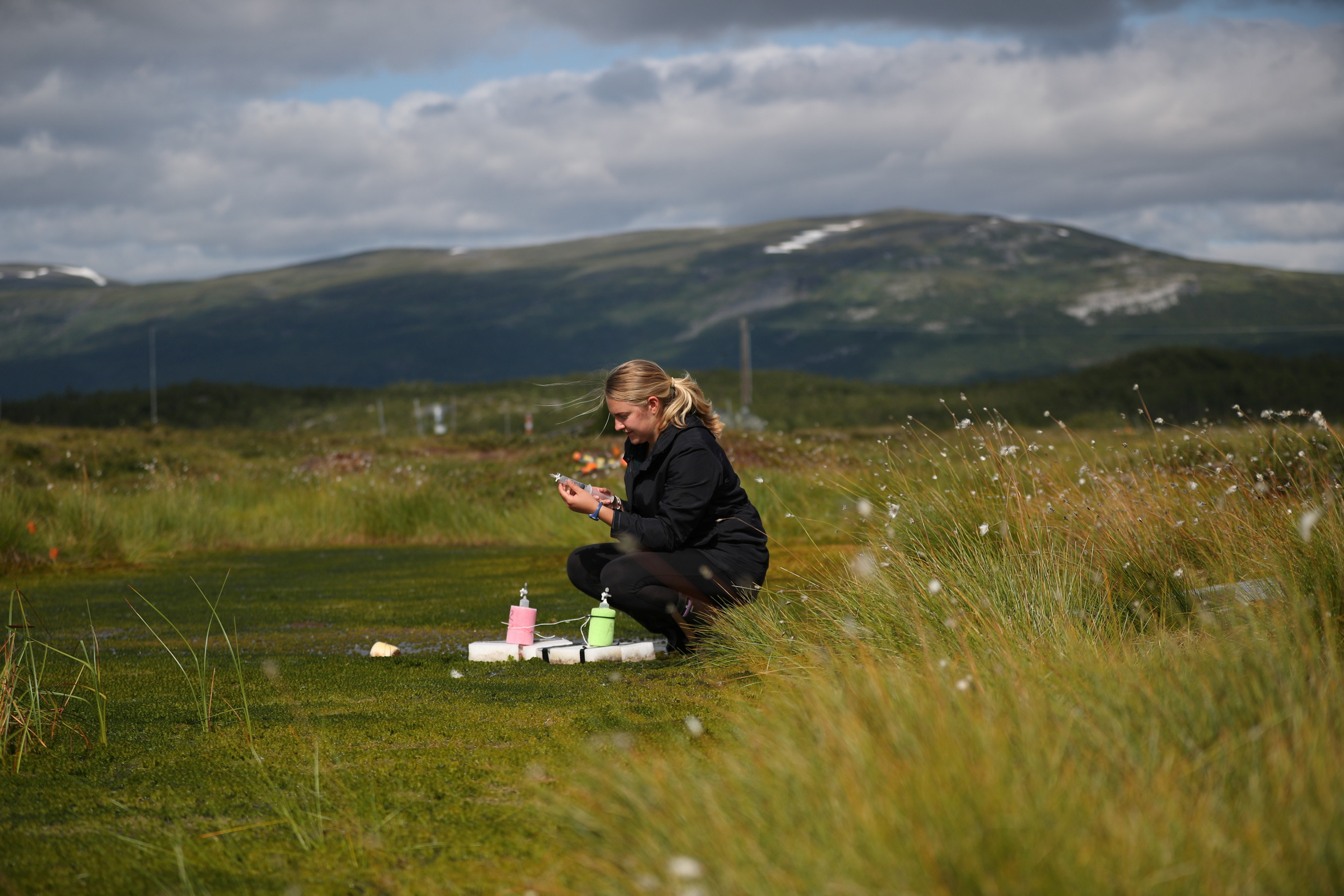
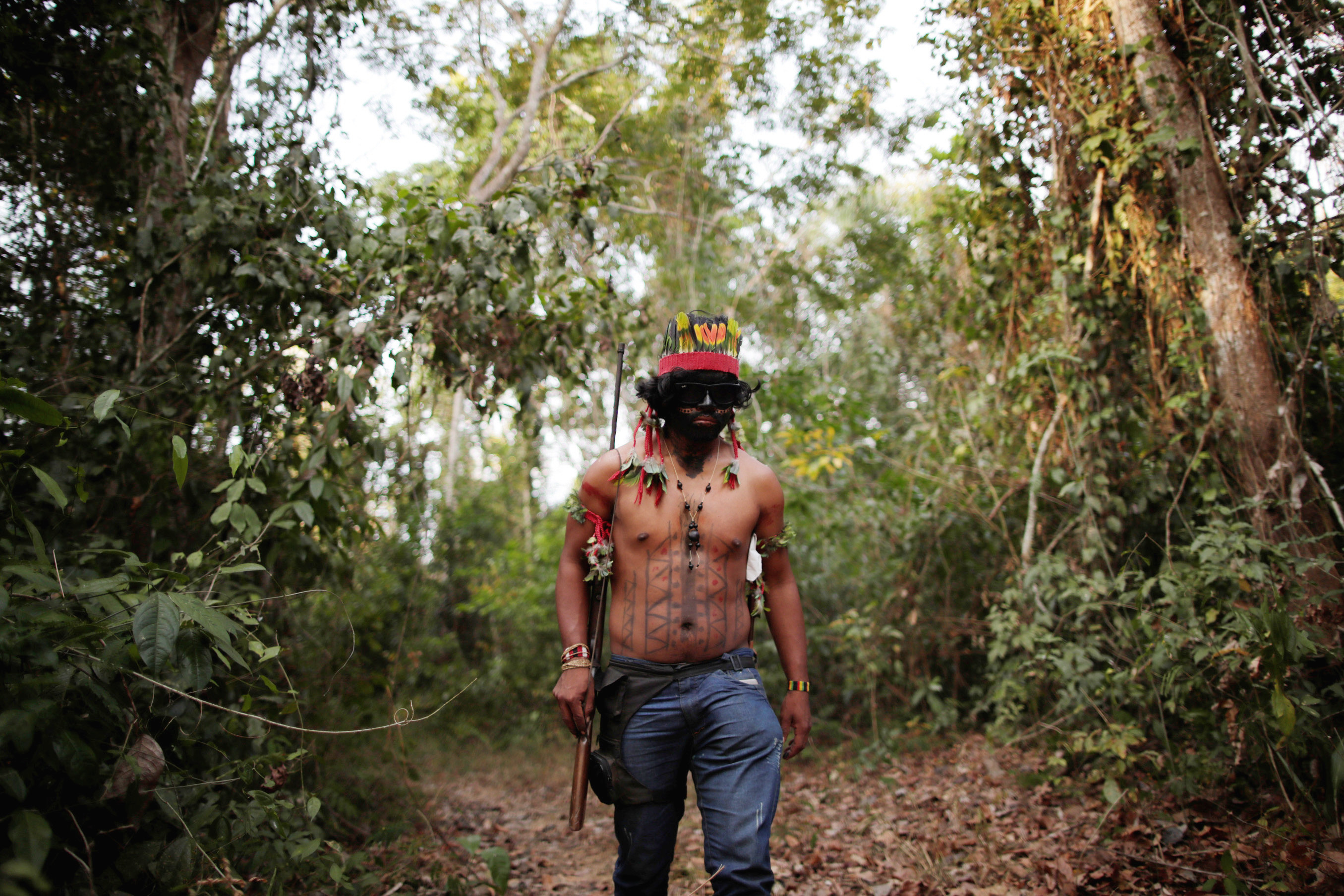
How did climate change become a priority?
CP: We’ve heard from clients that climate change is a key part of their coverage, and getting it right is a priority for us.
We have an editorial responsibility that we’re coming to terms with, that Reuters has to find a balance between showing the financial impact but in a way that our media clients are interested in. It’s about providing our clients with enough images to make a choice.
The Greenland package was a great example of this, because we transferred more than 100 pictures to the wire service. This means that people were not reusing and reusing the same image to illustrate Greenland — they had over 100 options to choose from. I think this is increasingly important with the amount of stories that are being written around climate change, that you need to have different images.
How many people are working on this project?
CP: It’s hard to say how many photographers are working on this at any given time, as it’s hard to identify which are the climate stories. We covered the fires in California, which are intensified because of climate change, but we also cover hurricanes, flooding, drought, and other natural disasters where the effects are less obvious. We also cover important stories like migration patterns from Central America that could be connected to climate change even if it’s not as directly connected as the protests, Extinction Rebellion, or ice-melting stories we do.
Reuters also now has a dedicated climate change reporter, Matthew Green, who was appointed about a year ago and is helping coordinate initiative projects and raising awareness in the company for this subject. Having someone who is a specialist helps give context to how climate change touches a lot of our business coverage, from insurance claims to companies pushing for minimized carbon emissions. He can parse what is actually significant versus what is just talk and or corporate PR and unattainable.
This interview has been edited and condensed for clarity.
